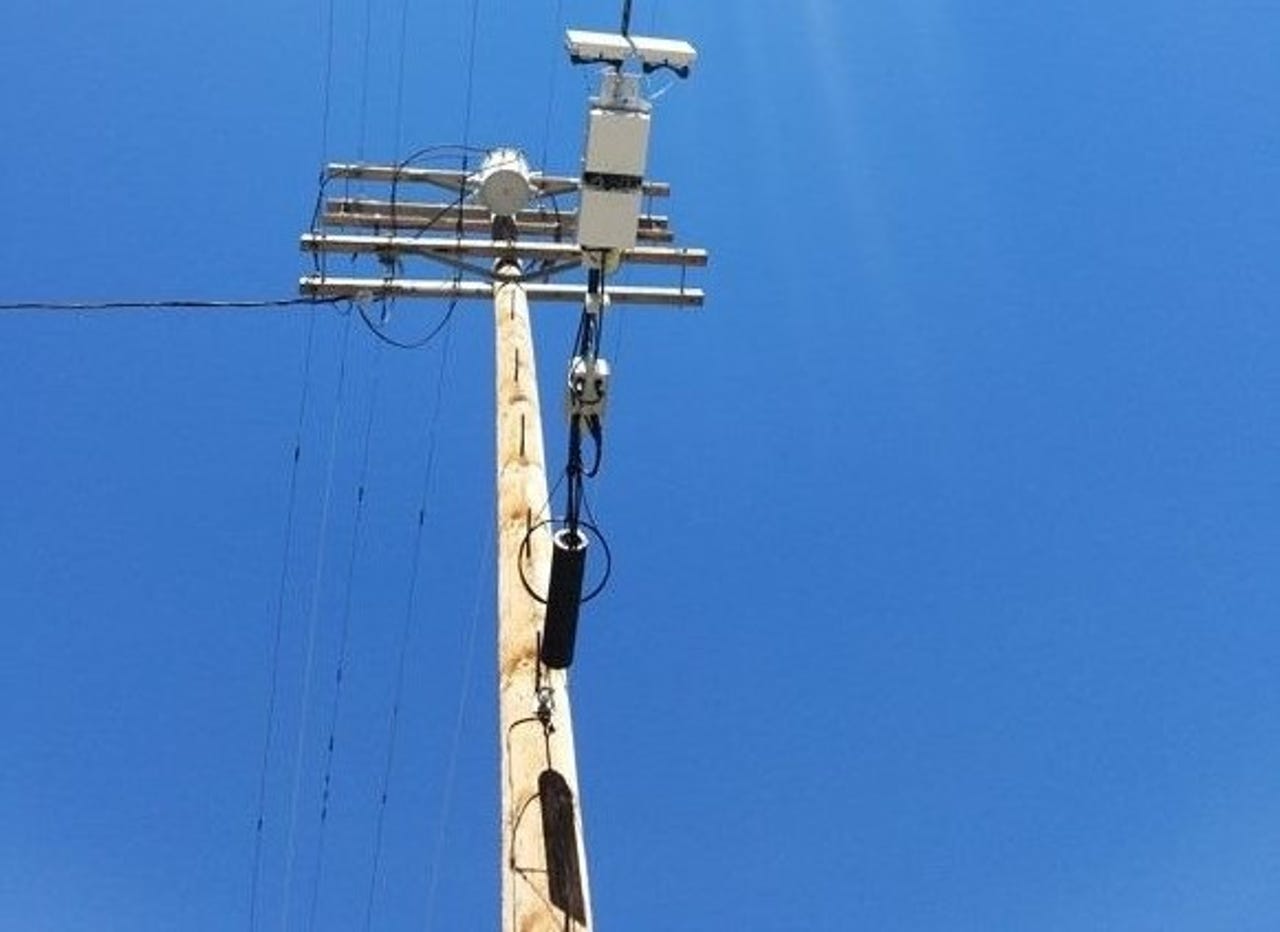Optus wants new mobile tower rules to steam roll obstinate councils and owners


Ericsson's Strand-Mount Unit
Singtel-owned Australian telco Optus has called for rule changes that would compress Australia's three layers of government overseeing mobile tower deployments into a consistent, uniform national scheme that would speed up the rollout of 5G.
To that end, the telco released a discussion paper on Friday that details its arguments, and also calls for telcos to be able to make "necessary minor and safe modifications" to utility poles already in place in order to add small cells.
"Current deployment rules are governed by multiple tiers of governments, each with differing compensation schemes, zoning and installation exemptions," Optus vice-president of regulatory and public affairs Andrew Sheridan said last week.
"The rules, which were originally designed two decades ago for large infrastructure deployment, do not appear to address some of the practical implementation issues involved in the mass deployment of 5G small cell infrastructure."
While the deployment of small cells would usually fall under low impact exemptions, Optus complained that heritage laws sometimes applied to poles and what it called "non-heritage items", as well as to small cells deployed in residential areas.
The telco added that it often has to pay rent to pole owners, as well as to land owners upon which the pole is located.
"The issue is whether pole and land owners should be able to profit and delay the deployment of advanced 5G networks," Optus said.
"We also observe an increasing trend of land owners, utilities and state entities viewing the future deployment of more cells and fibre links as a potential revenue source, rather than as an economic development.
"Clearly, this situation was not envisaged in 1997 when the legislation was introduced -- a regime designed for stand-alone towers is not suitable for small cells that attach to existing infrastructure."
Optus did concede though, the sort of economic benefits that 5G proponents push are due to happen with the deployment of standalone 5G. Networks such as those in South Korea are using non-standalone 5G, which lowers cost, but uses a 4G core.
Initially, small cells would be used to fill coverage gaps, Optus said in its paper.
"The full benefits of 5G will be achieved with densification of the [radio access network and the re-design of the network from macro-based to one which primarily uses small cells to deliver the speed and coverage required," it said.
"In urban areas, this means potentially 10 times more urban sites will be required."
Tower placement sees Labor refer matter to ANAO
On Monday morning, Labor said it had referred a matter regarding the placement of a mobile tower in the southern New England region to the Australian National Audit Office (ANAO).
Over the weekend, Nine media reported a tower was placed at Kingstown on the property of mining magnate Gina Rinehart, despite the local community arguing for another site.
It is reported that locals said after two weeks of operation, the tower's service has been non-existent a couple of kilometres away from it, even though it is meant to provide emergency services to the district. Federal local member Barnaby Joyce reportedly said the site of the tower was chosen by Telstra.
Rinehart is paid rent for the tower, which falls under the federal government's mobile blackspots program.
"The actions of the Member for New England suggest the Coalition is more concerned with their own interests, rather than making a genuine attempt to improve mobile coverage in regional Australia," Labor's Shadow Minister for Regional Communications Stephen Jones said in a statement on Monday.
A September 2016 audit by the ANAO into the blackspots program said the Department of Communications had erred in its selection criteria and ability to evaluate impact and cost effectiveness.
Specifically, ANAO said at the time, the department's selection criteria: Allowed for the expansion and improvement of existing coverage, rather than providing coverage to areas with no mobile access; did not have methodologies for assessing the technical and financial aspects of proposals, especially in regards to applicant costings; and said the department did not have a sufficient capacity to assess the impact and cost effectiveness of the program, because there was no evaluation framework formed beforehand.
"The department's assessment of applicant costings for proposed base stations lacked sufficient rigour," the ANAO report said.
Related Coverage
- We could lose the 5G race to China, warns US Department of Defense
- Samsung begins mass production of its own 5G chips
- South Korea's 5G goes live earlier than scheduled to claim 'world's first' title
- KT launches unlimited 5G data plan with no speed cap
- Huawei now selling more consumer devices than telco equipment
- 5G security: Europe worries about backdoors into its networks